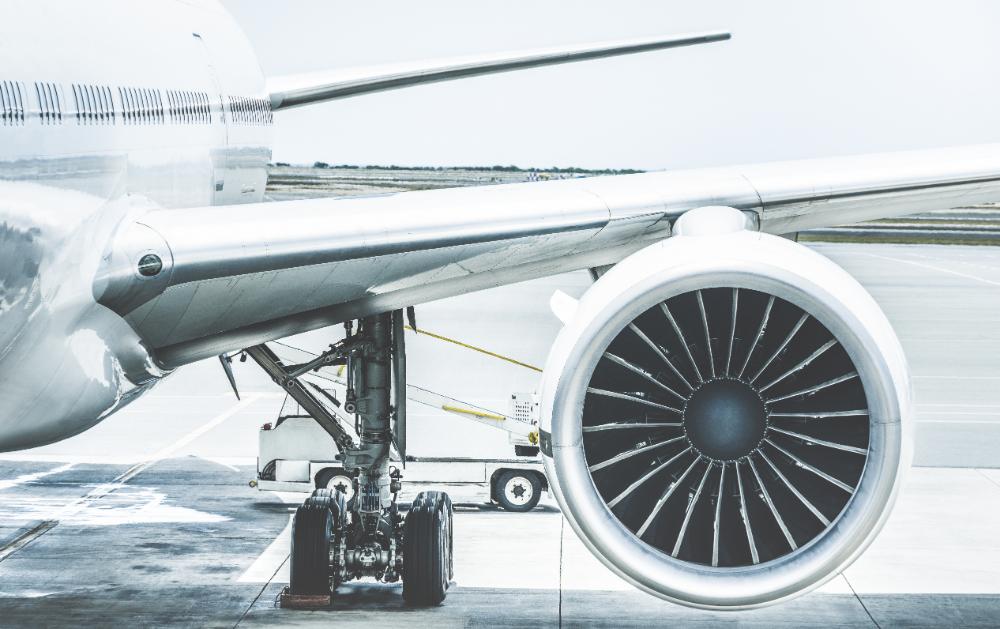When you look up at the sky and see a commercial airliner or spacecraft soaring overhead, you are witnessing aerospace composite technology in action. While metallic aluminum alloys once dominated aircraft design, the people at Aerodine Composites say that today’s engineers are turning to advanced composite materials to unlock new possibilities in aerodynamics, fuel efficiency, and superior strength-to-weight ratios. But what exactly are these composites, and why are they so crucial for next-generation aerospace innovation?
The Basics: Fibers and Resins
At their core, aerospace composites blend incredibly strong, yet lightweight, reinforcing fibers with tough polymer resins to create an exceptionally resilient hybrid material. The fibers, made from substances like carbon, glass, aramid, or boron filaments, provide exceptional tensile strength; the ability to withstand stretching forces without breaking. These fibers alone, however, would simply splay apart under compression or shear stresses.
The Role of Resin
That’s where the resin matrix comes in. Resins like epoxies, polyesters or polyimides coat the reinforcing fibers and bind them together into a solid structural material. Once hardened through curing, composite resins help transfer and distribute compression and shear loads between the super-strong embedded fibers. Advanced materials like graphene and carbon nanotubes are also being explored as potential ultra-strong, conductive composite reinforcements.
Stronger and Lighter Than Aluminum
When properly engineered, fiber-reinforced composites offer dramatically greater strength-to-weight and stiffness-to-weight ratios compared to traditional aluminum alloys. Some of the best aerospace-grade carbon fiber reinforced polymers (CFRPs) can be up to five times stronger than aluminum at half the weight. Since lighter vehicles require less thrust to achieve liftoff and air speeds, composites open the door to smaller, more economical, and fuel-efficient aircraft.
Customized for Specific Applications
An added advantage of composites is their customizability. Precisely arranging different fiber orientations, lengths, and materials within the resin matrix means engineers can tailor a composite’s mechanical properties to match specialized use cases. Areas requiring exceptional impact resistance might use tougher aramid fibers, while others leverage glass fibers for electrical insulation, or ultra-high modulus carbon for tensile rigidity.
Lighter, Farther, Faster
Aerospace composites are the key enablers reducing weight across commercial airliners, military aircraft, spacecraft, and launch vehicles. Today’s Boeing 787 Dreamliner consists of over 50% composite materials in its airframe and wings, helping to trim weight by 20% compared to aluminum designs. Private space companies like SpaceX leverage composites to reduce launch costs by making reusable rockets lighter and more thermal/impact resistant during re-entries.
Durability Amidst Extremes
High altitudes subject aircraft to freezing temperatures and minimal humidity, while ground operations occur amid heat, moisture, and UV radiation. Composites resist degradation across these vastly different environments better than aluminum. Their inert polymers minimize corrosion risks, while precise fiber orientation helps arrest cracks or delamination before spreading. Built-in monitors can even track structural health by detecting electrical resistance changes caused by internal micro-cracking.
Thermal Protection from Heat Extremes
For hypersonic aircraft and reusable spacecraft, managing searing heat during atmospheric re-entries is vital. Specialized ceramic matrix composites (CMCs) based on silicon carbide fibers can withstand temperatures up to 3,000°F, far hotter than any metal alloy. When integrated with insulative materials like reinforced carbon-carbon composites, these materials provide a robust, lightweight thermal protection system to shield vehicles during fiery re-entries.
Conclusion
From biodegradable and self-healing composites to multifunctional nanocomposites, researchers continue exploring new frontiers. Adaptive, morphing composite designs could enable wings able to change shape in flight for optimal aerodynamics. Low-cost manufacturing through 3D printing and automated production lines aims to make composites ubiquitous across all aircraft platforms. As aerospace composite technology keeps advancing, our dreams for smarter and more sustainable air travel will keep soaring.


